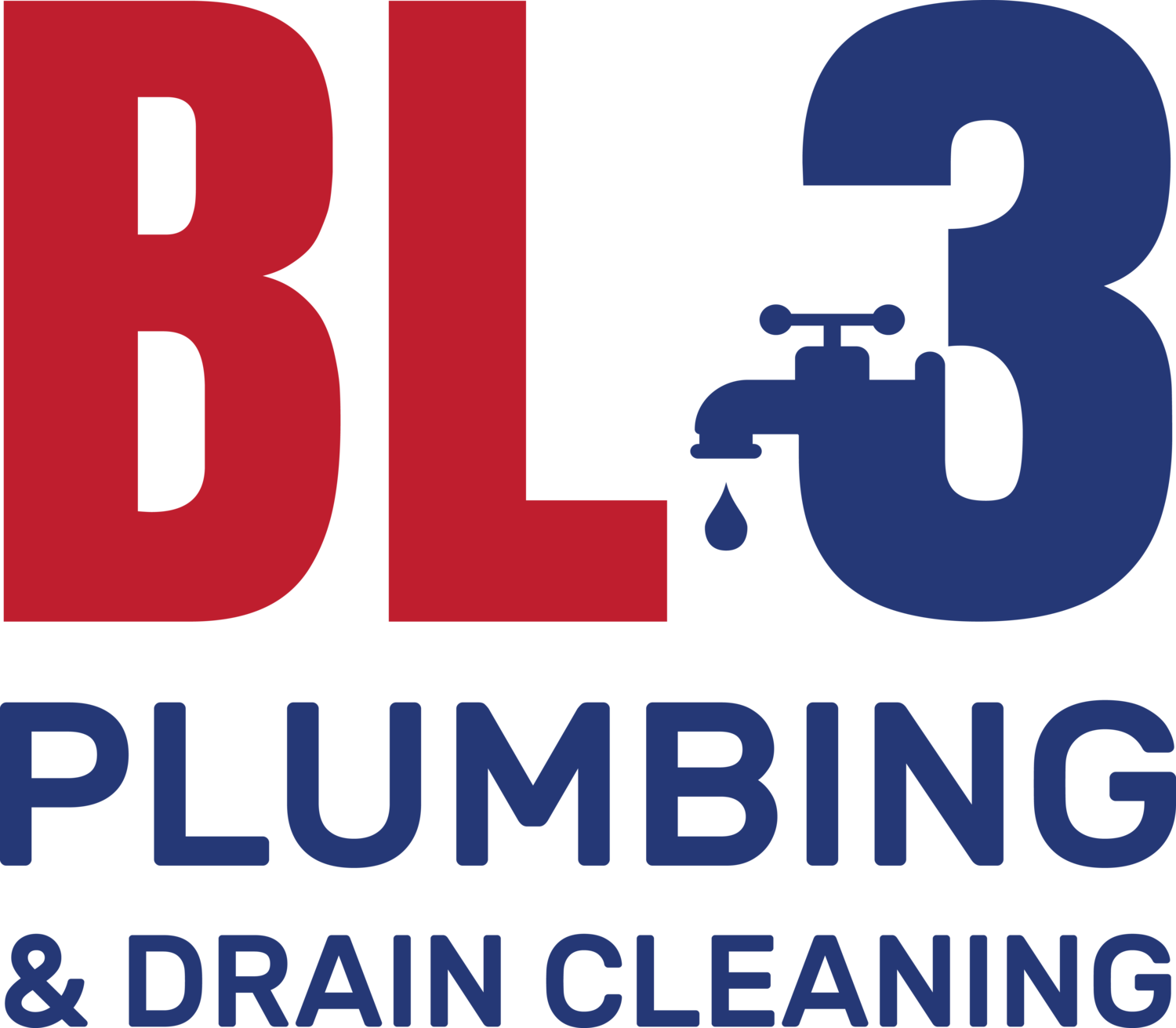While there are many repairs we wouldn’t recommend homeowners tackling themselves, some issues (like a running toilet) are easier to fix than you’d think. Whether you’re hearing water running constantly, or it’s cycling on and off, we’ll help you decipher the clues so you can stop the leak fast.
Bathroom plumbing can be intimidating, but the steps for this particular situation are fairly straightforward. Almost all hardware stores and home improvement centers carry the parts you’ll need for this project. In this blog, you’ll learn how to troubleshoot and repair a running toilet.
Getting Started
Having the necessary tools for this project lined up before you begin will save you a lot of time and frustration during the project. Often times, a running toilet is the result of a faulty flapper or fill valve. You’ll need to hacksaw and a pair of pliers to get started.
How to Check the Flapper
If you notice water from the tank seeping around the flapper into the bowl, the flapper is most likely the cause of the running toilet. To replace it, start by shutting off the water supply valve under the toilet (or the main supply if the valve is leaking). Next, flush the toilet to drain out most of the water then unhook the old flapper. For a detailed walk-through of this process, click here.
Purchase a new flapper similar to the one you have, and install it according to the instructions on the package. Next, hook the flapper chain onto the flush lever arm to leave slack when the flapper is closed. Then, push down the flapper with a stick when you hear the running and listen for it to stop.
If the water stops, that indicates the flapper isn’t sealing properly. If this is the case, check the fill tube length. You may need to cut it back so it’s a ½ inch above the water line.
How to Check the Fill Valve
If the issue isn’t the flapper, there’s a good chance it’s a fill valve leak. Lift up on the toilet float arm when the tank is filling to see if the water stops. Next, bend or adjust the arm so it stops filling when the water level reaches ½ to 1 inch below the top of the overflow pipe. If the fill valve continues to leak, replace it.
In order to do this, you’ll turn off the water supply and flush the toilet. Disconnect the water supply line, unscrew the fill valve locknut and lift out the old fill valve. Next, insert the new fill valve into the tank and tighten the locknut. If the valve’s at its maximum height but the overflow pipe is still higher than the critical level mark, try shorting the overflow pipe with a hacksaw. You’ll want it to be 1 inch lower than the mark on the fill valve.
Lastly, you’ll attach one end of the new fill tube to the valve and the other end to the angle adapter. Click the adapter onto the overflow pipe and finish by attaching the flapper chain to the flush lever. From there, you’ll turn on the water and test flush the toilet.
Calling in the Reinforcements
If the problem persists, it might be time to call in the reinforcements. As a family-owned business, we understand that timeliness is everything. Whether you encounter a plumbing issue at home or work, our team is available 24/7 to answer your call.
No project is too big or small and all our plumbing projects are backed by a 100% satisfaction guarantee. To schedule a free estimate for your repair, reach out to one of our two locations today!
North OKC: (405) 895-6640
South OKC: (405) 237-1414
Buying a New Home (or Know Someone Who Is)?
It’s always important to schedule a plumbing inspection before signing the dotted line. In this free resource, we highlight the most common items our pros look for during new home inspections. Click below to download your free copy of the checklist now.


